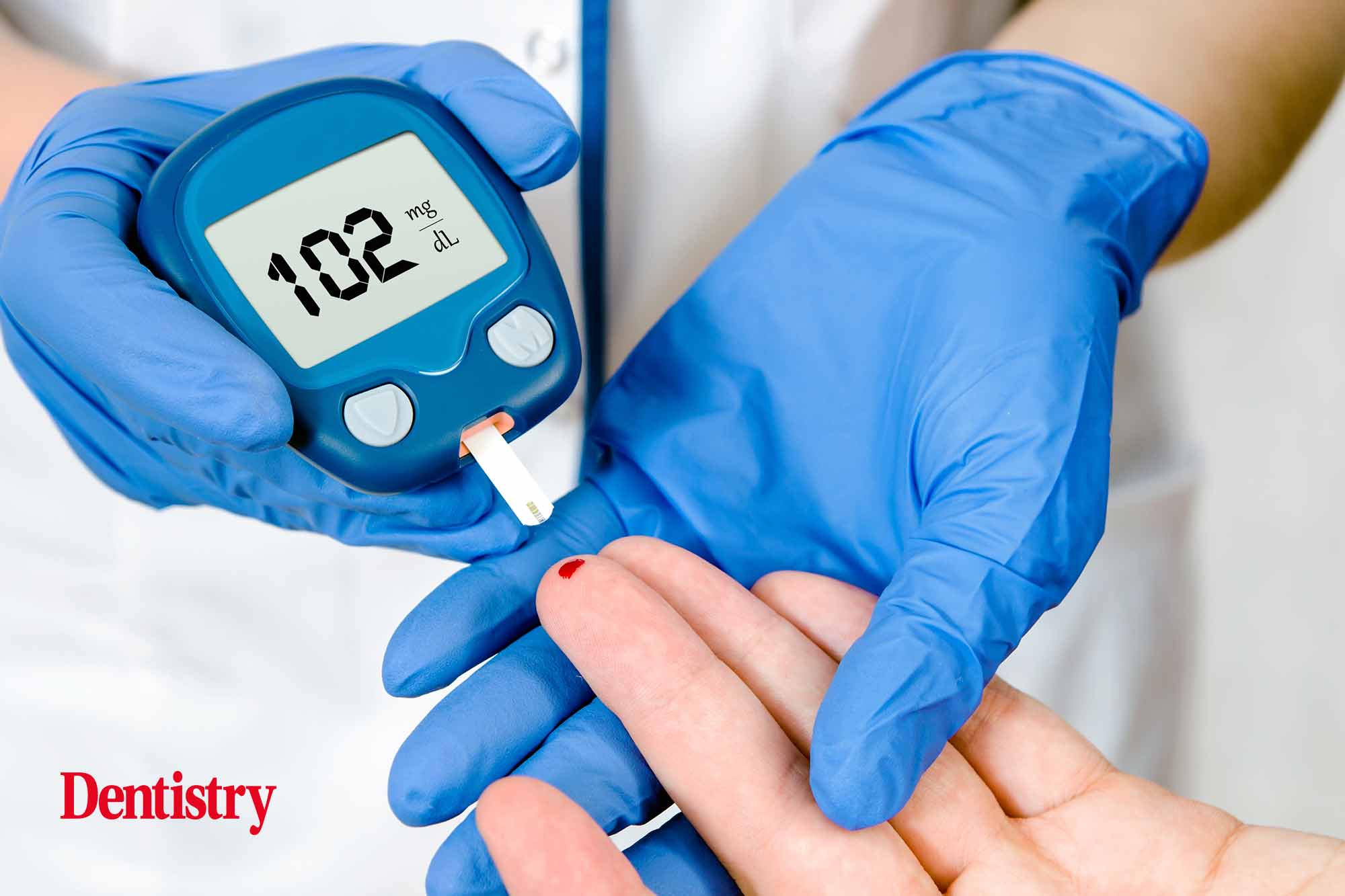A report by a team of scientists with the Institute for Health Metrics and Evaluation (IHME) at the University of Washington’s School of Medicine, has revealed that about 1.3 billion people risk having diabetes by the year 2050.
In 2021, 529 million people had diabetes worldwide, with a prevalence of 6.1%, making it among the top 10 leading causes of death and disability.
The systematic analysis used data from the Global Burden of Diseases study, revealing that diabetes prevalence in regions such as North Africa and the Middle East may reach as high as 16.8% — up from 9.3% in 2021.
Further, close to half of the 204 countries and territories included in the study will have a diabetes prevalence rate of more than 10%.
The study revealed that nearly all global cases of diabetes — 96% — are Type 2, with high body mass index coming in as the primary risk factor, accounting for 52.2% of related disability and mortality.
It listed most common risk factors to include, Environmental/occupational risks, tobacco use, low physical activity and alcohol use
Those 65 and older were also more likely to be affected. This age group had a diabetes prevalence rate of more than 20% worldwide, which rose to 24.4% for those aged 75 to 79.
READ ALSO: See the blood groups that are at higher risk of diabetes and rheumatoid arthritis
Breaking it down by region, those 65 and older in North Africa and the Middle East had a diabetes prevalence rate of 39.4%, compared to 19.8% in Central Europe, Eastern Europe and Central Asia.
The study, which was funded by the Bill & Melinda Gates Foundation, found diabetes rates are expected to increase in every country in the world.
In Latin America and the Caribbean, for instance, diabetes is expected to affect 11.3% of the region’s population by 2050.
According to the study’s lead author, IHME’s Liane Ong: “The rapid rate at which diabetes is growing is not only alarming but also challenging for every health system in the world, especially given how the disease also increases the risk for ischemic heart disease and stroke.
Study author Lauryn Stafford, a post-bachelor fellow at IHME, explained:
“Some people might be quick to focus on one or a few risk factors, but that approach doesn’t take into account the conditions in which people are born and live that create disparities worldwide. Those inequities ultimately impact people’s access to screening and treatment and the availability of health services.
The team further stated that “although obesity is theoretically reversible and addressing it could provide the biggest opportunity to limit the advance of diabetes … no program to date has shown long-term, sustained, population-level reductions in obesity.”
According to the U.S. Department of Agriculture (USDA), soybean oil, which is loaded with linoleic acid or LA, is far and away the most widely produced and consumed edible oil in the U.S.
Eating a balanced, healthy diet of fresh, organically raised fruits and vegetables and steering clear of artificial sweeteners — which are also linked to Type 2 diabetes — and all processed foods is the best way to take control of your glucose levels. The timing of your meals also matters.


 Health & Fitness4 days ago
Health & Fitness4 days ago
 Aviation6 days ago
Aviation6 days ago
 Aviation5 days ago
Aviation5 days ago
 Aviation5 days ago
Aviation5 days ago
 Aviation5 days ago
Aviation5 days ago
 Aviation4 days ago
Aviation4 days ago
 News1 week ago
News1 week ago
 Featured2 days ago
Featured2 days ago
